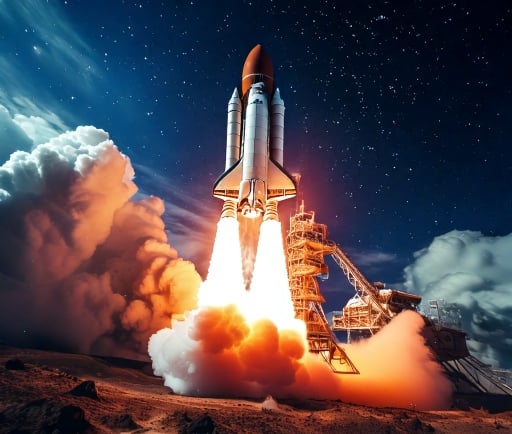Successful Docking of the Russian Soyuz MS-27 Spacecraft with the International Space Station


Introduction
The recent docking of the Russian Soyuz MS-27 spacecraft with the International Space Station (ISS) marks a significant milestone in ongoing international space exploration efforts. Launched from the Baikonur Cosmodrome in Kazakhstan, the Soyuz MS-27 has become a vital contribution to the collaborative work conducted aboard the ISS over its remarkable eight-month mission.
Launch and Mission Overview
The Soyuz MS-27 spacecraft successfully lifted off from Baikonur, a historic launch site that has facilitated numerous missions into space. Since its inception, the Soyuz program has been instrumental in delivering astronauts and cargo to the ISS. This latest mission not only demonstrates advanced engineering and planning but also reinforces the vital partnership between spacefaring nations. The mission's duration of eight months has enabled crew members to conduct extensive scientific research and technological experiments vital for the future of space travel.
Impact on Space Exploration
The docking of the Soyuz MS-27 with the ISS symbolizes more than just a successful launch; it underscores the importance of international collaboration in space exploration. During its time on the ISS, the spacecraft facilitated various experiments aimed at understanding life in microgravity, studying environmental changes, and developing new technologies. With a dedicated focus on scientific discovery, the mission helps not only to expand human knowledge but also to pave the way for future exploration missions, including those to the Moon and Mars.
The Soyuz MS-27 and its crew have underscored humanity’s unyielding curiosity and its desire to explore beyond our terrestrial confines. As they continue their work, the collected data and experiences will significantly contribute to the upcoming initiatives aimed at prolonging human presence in space. In this respect, the Crew's contributions aboard the ISS symbolize not just a national achievement for Russia but a collective triumph for all who work in space science.
Conclusion
The docking of the Russian Soyuz MS-27 with the International Space Station represents a chapter of advancements in human spaceflight. Such endeavors renew the spirit of camaraderie among nations in pursuit of knowledge and technological advancements. The successful execution of this mission will invariably contribute to the evolution of our understanding of space, and inspire future generations of explorers and scientists.
